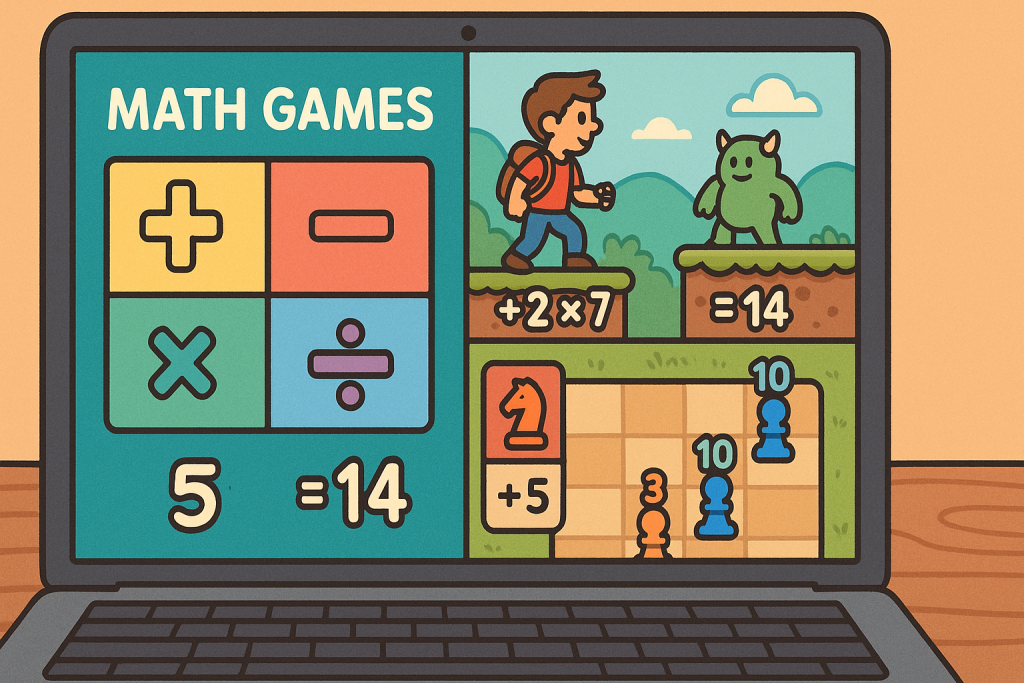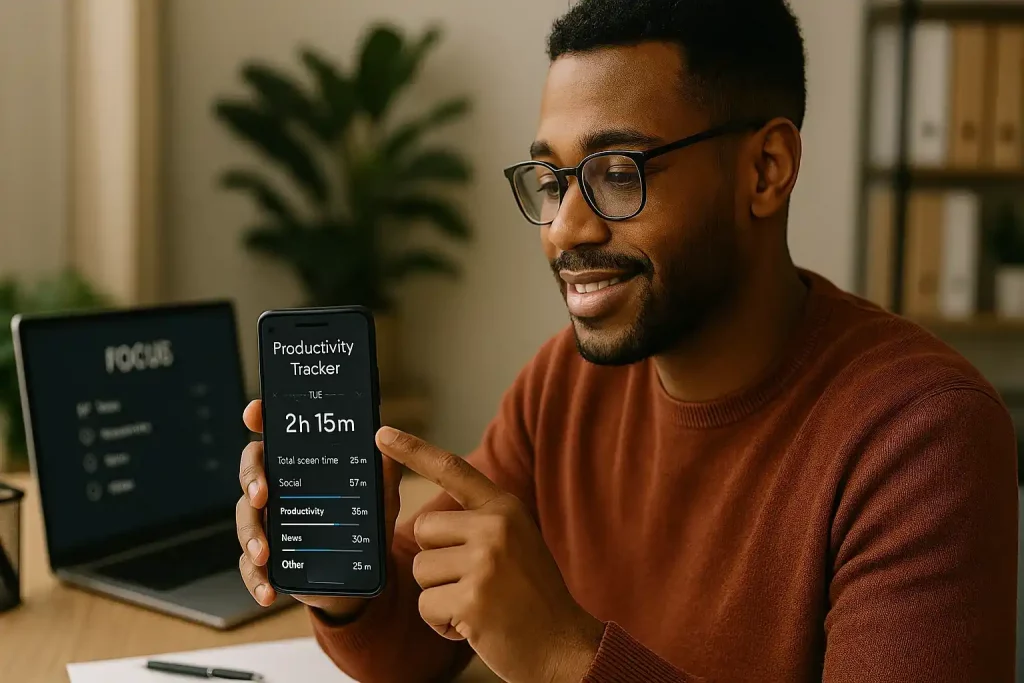Understanding the Science Behind Light and Dark Modes
The Magic of Light: How It Shapes Our Screen Time
Light and dark modes aren’t just aesthetic choices; they’re rooted in how our brains and eyes interact with light. Ever noticed how stepping into a brightly lit room after watching a film in the dark feels almost like a *snap* to the senses? That’s because light stimulates alertness by activating specialized cells in your retina called ipRGCs (intrinsically photosensitive retinal ganglion cells). These cells directly influence your circadian rhythm—your body’s internal clock—and, in turn, your energy levels.
On the flip side, prolonged exposure to bright light can trigger visual fatigue. This is where dark mode steps in like a soothing balm. It reduces glare and limits blue light, believed to suppress melatonin production. Think of it as the eye equivalent of slipping into comfy slippers after a long day.
- Light mode: Mimics natural daylight, keeping you sharp and engaged but sometimes overwhelming in dim settings.
- Dark mode: Ideal for low-light environments, easy on the eyes, though it might make text-heavy screens harder to read.
The science behind your display is ultimately about balance—matching light to mood and environment to create a seamless viewing experience.
Benefits of Light Mode for Video Watching
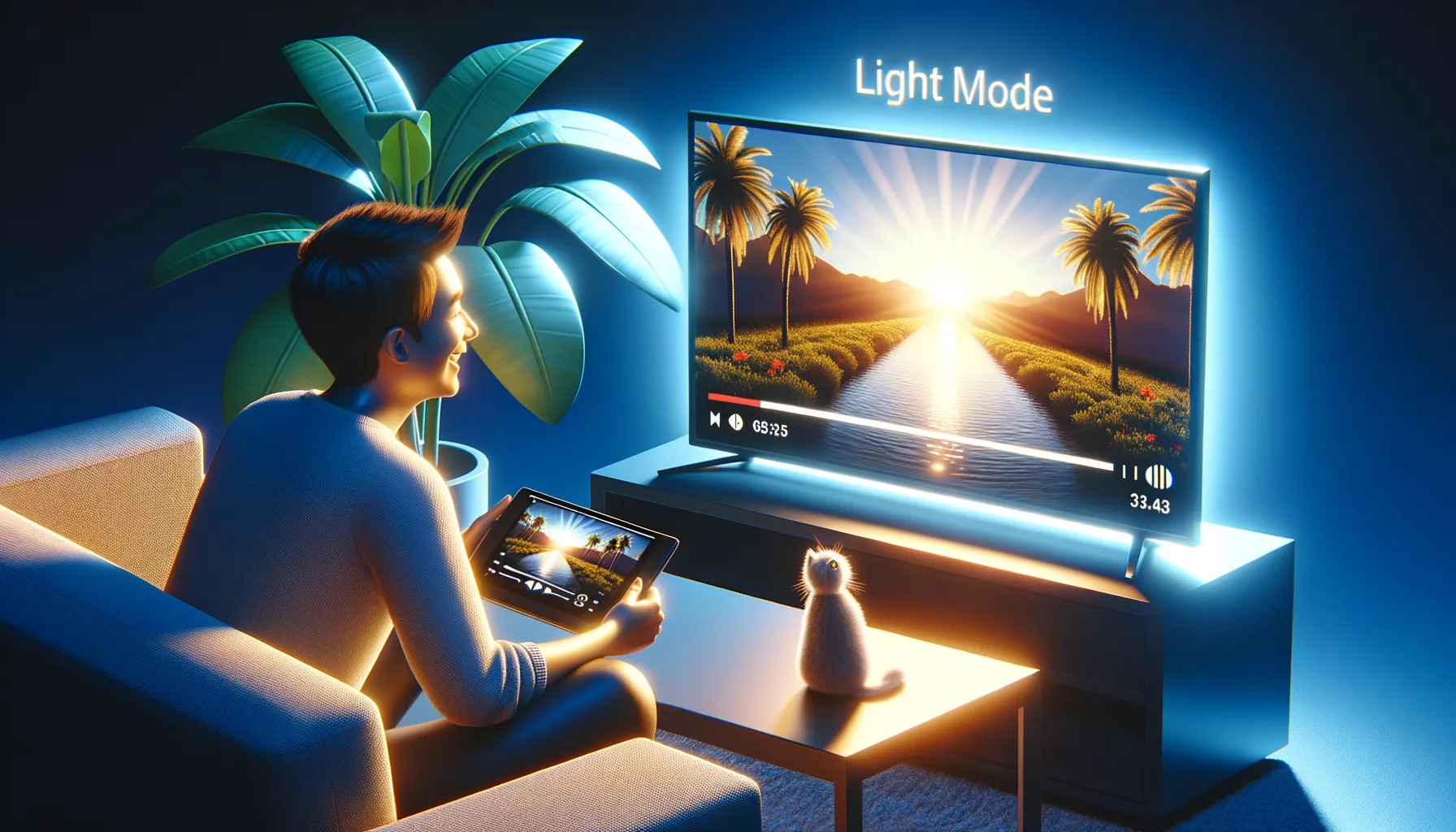
Why Light Mode Brings Videos to Life
Ever noticed how watching videos in light mode feels like basking in sunshine on a perfect afternoon? There’s something about the bright background that makes every frame pop like a masterpiece freshly painted on a glowing canvas. It’s not just pretty—it’s purposeful! For content like travel vlogs, colorful animations, or richly-detailed gameplay streams, light mode can amplify vibrancy and let those colors breathe.
Think about reading subtitles while binge-watching your favorite foreign-language series. In light mode, white text against a clean, bright background is crisp and clear—no more squinting or losing track of the dialogue during intense scenes. That alone can save you a lot of rewinding frustration!
When Clarity Matters Most
- Watching tutorials? The bright, balanced contrast of light mode ensures details stand out for easy understanding.
- Browsing high-res nature documentaries? Light mode highlights every texture, from shimmering ocean waves to fluffy polar bears.
- Sharing screenshots? Light mode ensures they look polished and professional, not murky or shadowed.
Sure, some folks swear by the moody vibes of dark mode. But when it comes to clarity, liveliness, and day-to-day practicality, light mode is the unsung hero turning your casual video streaming into an effortlessly engaging experience.
Advantages of Dark Mode for Video Watching
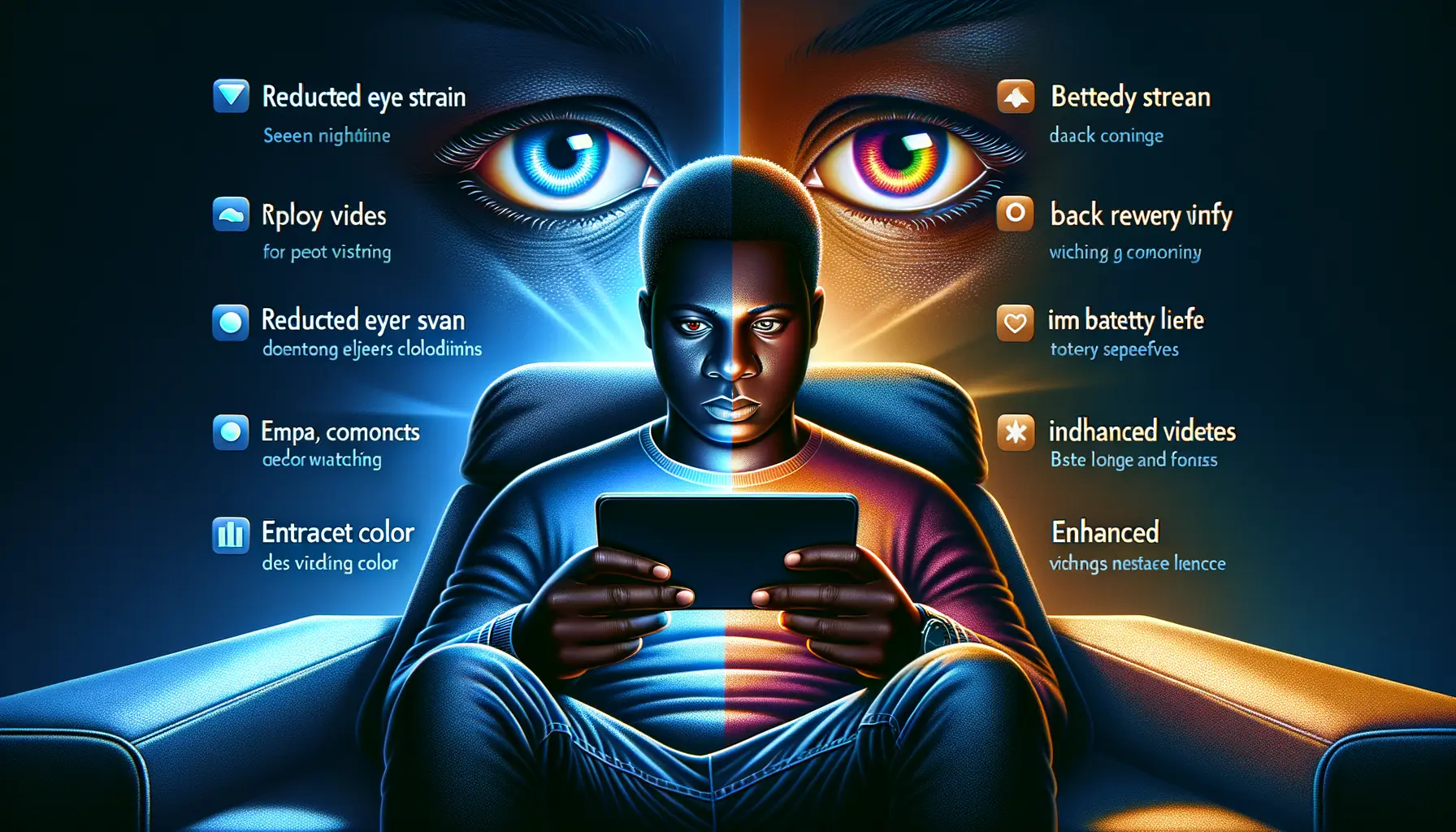
Why Dark Mode Feels Like a Cozy Movie Night
Picture this: you’re settling in for an epic movie marathon, the lights are dimmed, and your favorite snack is within reach. Now imagine your screen blasting bright whites at you—harsh, isn’t it? Enter dark mode, the ultimate atmosphere-maker for video watching.
With a darker theme, your eyes can finally relax. There’s less glare, fewer distractions, and the colors on the screen? Oh, they pop like fireworks on a summer night. Think about star-lit skies: black backgrounds make every twinkle brighter. Similarly, dark mode creates a stunning contrast that makes visuals more vibrant.
- Drama and detail: Shadows look deeper, hues more vivid, and that epic battle scene? It feels alive.
- Bye-bye eye strain: No more squinting or rubbing your tired eyes after hours of binging your favorite series.
Even at night, as you dive into that suspenseful thriller, dark mode keeps the room’s vibe intact. It’s less like staring into a flashlight and more like a seamless extension of the cinematic world you’re immersed in.
Factors to Consider When Choosing Between Light and Dark Modes
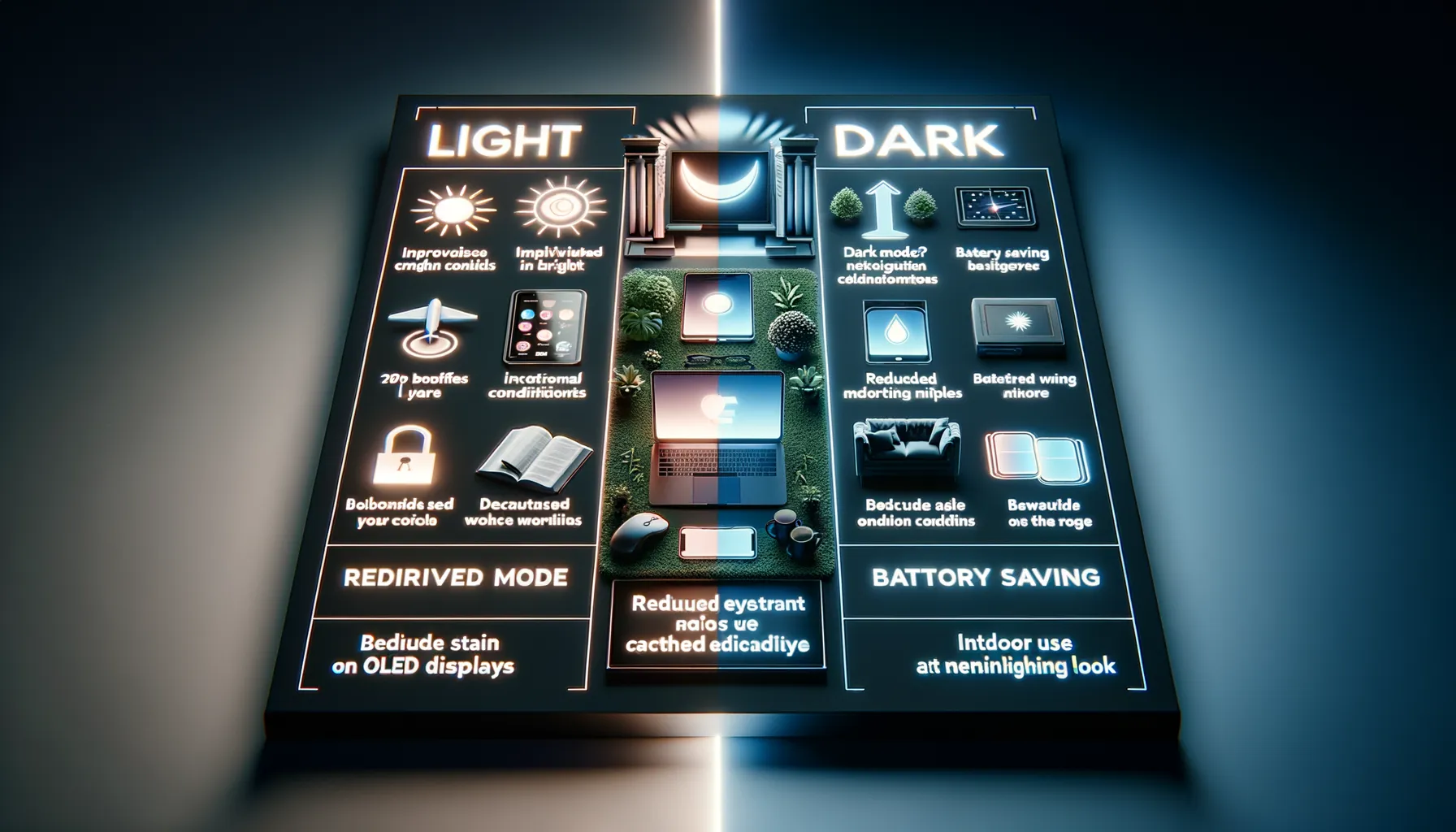
How Your Environment Shapes the Choice
Your surroundings wield more power than you might think when choosing between light and dark modes. Imagine this: you’re nestled into your couch on a sunny afternoon. Natural light floods the room, bouncing off every surface. In this scenario, light mode often feels harmonious—it complements the brightness and minimizes the eye strain caused by jarring contrasts.
But flip the scene. Picture yourself in the late evening, lights dimmed, with nothing but the glow of your screen illuminating the room. Here, dark mode steps up as the hero, saving your pupils from harsh glare and letting you focus on your video without feeling like it’s burning into your retinas.
Personal Comfort and Health
Not all eyes are created equal, my friend. If you’re prone to migraines or light sensitivity, these factors play a starring role:
- Light mode: Some find it sharper for detailed visuals but may tire faster over time.
- Dark mode: Works wonders for nighttime binge sessions but can strain others if font sizes or contrasts aren’t properly adjusted.
Consider experimenting based on *how* your eyes react and adjust brightness levels accordingly. Sometimes, it’s trial, error—and a touch of intuition.
Final Thoughts on Optimizing Your Viewing Experience
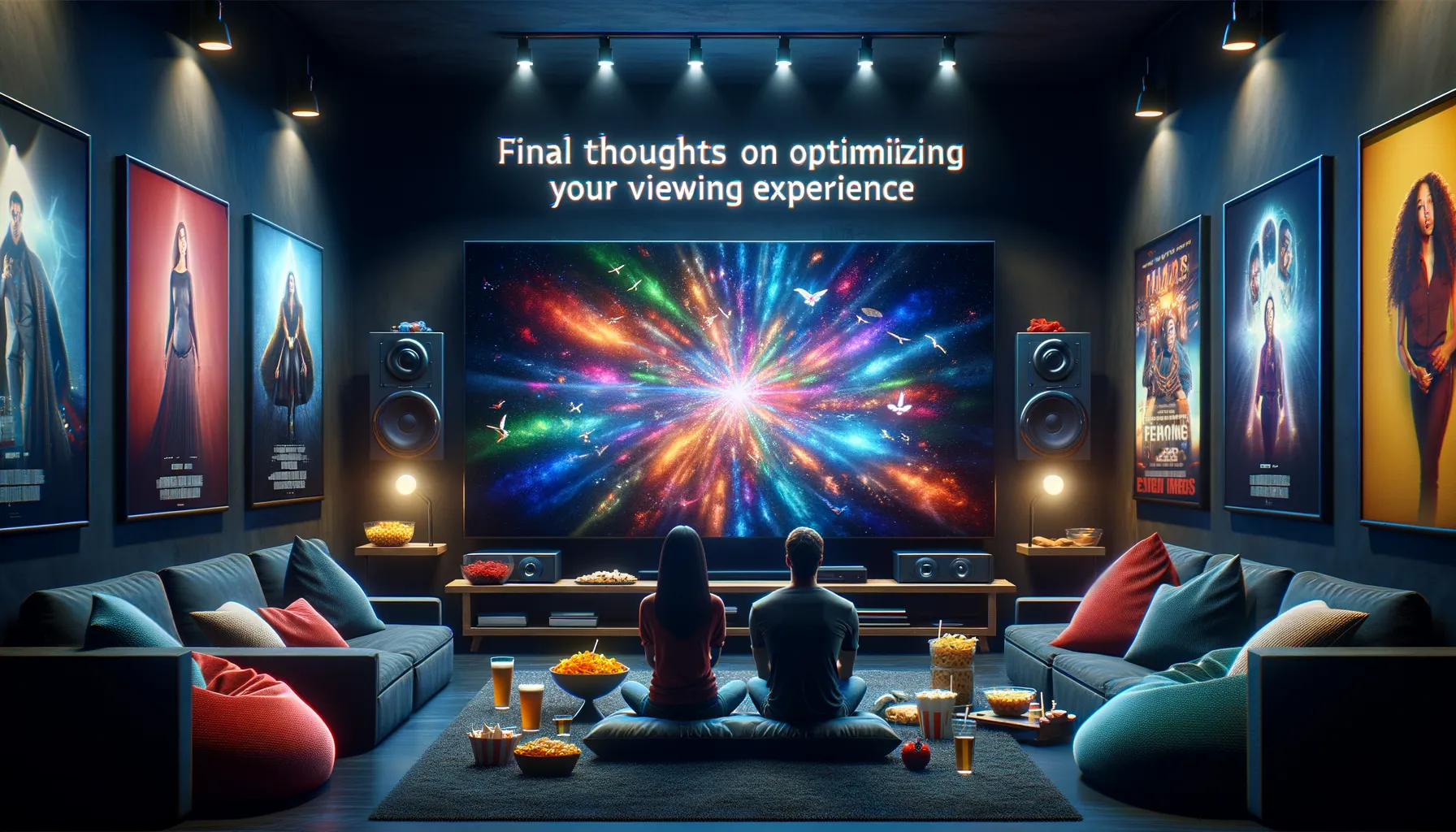
Making Your Screen Time a True Delight
When it comes to binge-watching your favorite shows or diving into a late-night movie marathon, your viewing environment matters more than you might think. Imagine watching a suspenseful thriller – the screen glowing just right, the colors vivid yet soothing, and no glare pulling you out of that nail-biting scene. It’s not just about light or dark mode; it’s about crafting your perfect cocoon for entertainment bliss.
But where to start? Here’s a list to spark your inspiration:
- Lighting: Pair dark mode with soft, ambient lighting for a cozy noir vibe or use light mode in a sunlit room for a crisp, airy feel.
- Screen Settings: Adjust brightness and contrast to match the time of day. Nobody loves searing eyes at midnight!
Don’t Forget Your Own Comfort
Think about your personal habits. Are you a night owl who loves dim environments? Then dark mode might be your soulmate, reducing harsh glares when your house is quiet and the world is asleep. Or perhaps you thrive in natural light with bright screens keeping everything sharp and cheerful – light mode might be your go-to!
Experiment. Play around with modes based on mood, content, or even genre. You’d be surprised how much a simple tweak can transform you from casual watcher to movie critic extraordinaire.




